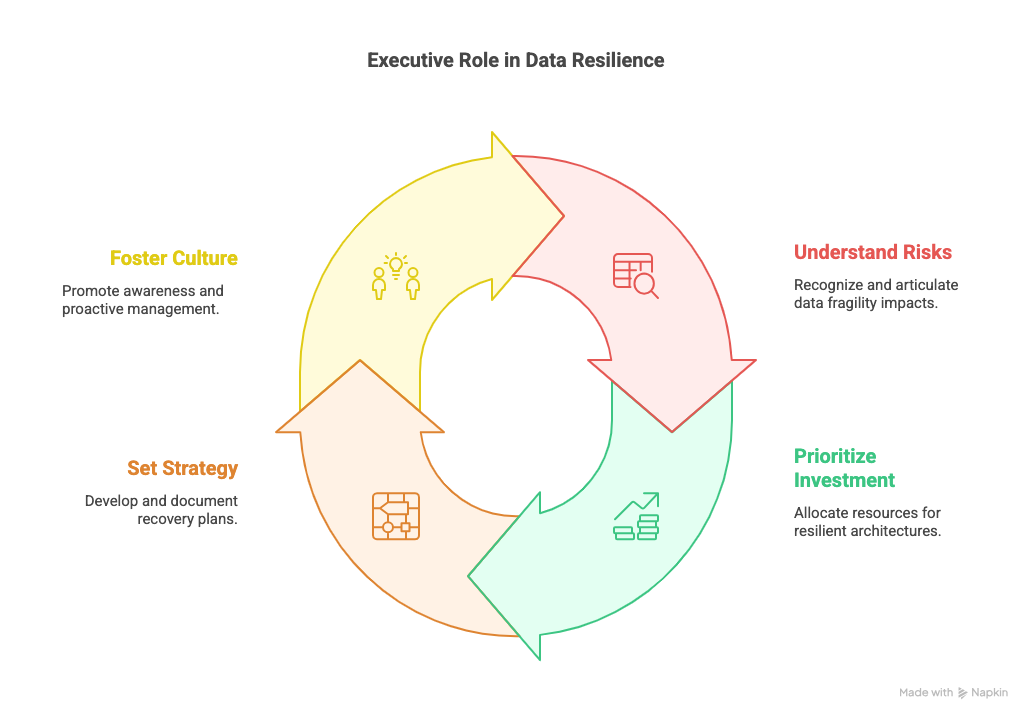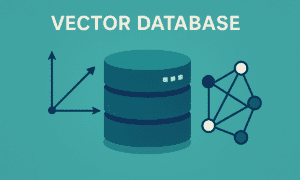In today’s hyper-connected digital landscape, businesses operate under the assumption of constant availability. However, disruptions ranging from hardware failures and software errors to cyberattacks and human mistakes are inevitable threats. Data system downtime is not just a technical glitch – it’s a significant business risk with potentially severe consequences. Viewing database and storage availability purely as technical metrics is insufficient; data resilience, understood as an organization’s ability to recover from data loss events, enact business continuity plans, and protect data moving forward, is a fundamental pillar of strategic risk management.
The Tangible Business Impact of Downtime
When critical data systems go offline, the impact is immediate and multifaceted. Downtime disrupts core operations like order processing, inventory management, and customer service, potentially leading to delayed deliveries and dissatisfied customers. The financial consequences can be substantial, with studies frequently citing average hourly downtime costs ranging from tens of thousands to hundreds of thousands of dollars, depending on the industry and organization size, stemming from lost revenue, recovery expenses, and reduced productivity. Beyond the direct financial losses, system downtime significantly erodes customer trust and damages brand reputation, as users encountering errors or inaccessible services may seek alternatives. Furthermore, for industries governed by data protection regulations like GDPR or CCPA, prolonged downtime or data loss can lead to non-compliance, resulting in significant legal penalties and further harm to the business’s image.
Translating Technical Safeguards into Business Resilience
Achieving data resilience involves translating technical safeguards into strategic business practices, moving beyond basic disaster recovery to a more proactive, holistic approach. Key technical components underpinning this strategy include:
- Data Backups: Forming the foundation, regular backups ensure a recent copy of data is available for restoration. Strategies often include the 3-2-1 rule (three copies, two media types, one offsite) and may incorporate immutable backups (which cannot be altered or deleted) to protect against ransomware. Consistent, reliable, and regularly tested backups are the backbone of a strong resilience strategy.
- Replication: Continuously copying data to a secondary site acts as a near real-time mirror. This allows the business to quickly “failover” – switch operations – to the secondary site in case of disruption, minimizing downtime and data loss.
- High Availability & Failover: Implementing architectures with redundancy (e.g., multiple servers, power supplies), clustering (grouping servers to act as one), and automatic failover mechanisms ensures that if one component fails, another takes over seamlessly, often without users noticing a disruption.

Implementing these requires balancing the Recovery Point Objective (RPO – the maximum acceptable amount of data loss measured in time) and the Recovery Time Objective (RTO – the maximum acceptable time to restore function after a disruption). Regular testing is crucial to confirm these objectives can be met.
Investing in Robust Architectures and Practices
Proactive investment in robust data architectures and operational practices is essential for building resilience. A strong resilience strategy, often outlined in a disaster recovery plan, aims to reduce system vulnerability and mitigate the impact of disruptions. This involves implementing comprehensive data backup and recovery plans, potentially leveraging cloud infrastructure for enhanced scalability and availability, and increasingly, ensuring data observability or robust monitoring to detect issues early. Developing full contingency plans that address returning to normal business operations beyond just the IT fix is also key. Regular testing and updating of disaster recovery software and plans are critical to keep pace with evolving threats and changing systems.
Resilience: The Foundation of Trust and Stability
A demonstrably resilient data infrastructure directly underpins customer trust and operational stability. Businesses that can recover quickly and effectively from disruptions maintain business continuity, protect their reputation, and foster customer confidence. Reliable systems enhance competitive advantage by ensuring the ability to fulfill orders and provide services without interruption. This reliability, built on a foundation of data resilience, can become a strategic differentiator, demonstrating dependability to customers and partners in an uncertain environment.
The Executive Role: Prioritization and Sponsorship

Building and maintaining data resilience is a strategic imperative that requires top-down commitment and ongoing sponsorship. Leadership must frame data resilience not merely as an IT issue or cost center, but as a critical component of business strategy and risk management. Executives play a vital role by:
- Understanding and Communicating Risks: Recognizing and articulating the business impact of data fragility and downtime across the organization.
- Prioritizing Investment: Allocating necessary budget and resources for resilient architectures, appropriate tools (backup, replication, monitoring, security), and skilled personnel.
- Setting Strategy and Goals: Ensuring comprehensive disaster recovery and business continuity plans are developed, documented, and understood. This includes defining clear RPO/RTO targets aligned with business needs.
- Fostering Culture: Championing resilience initiatives, promoting awareness of plans and threats, and embedding a culture of reliability, security, and proactive risk management throughout the organization.
Ultimately, executive sponsorship ensures that data resilience is treated as an ongoing strategic enabler, essential for navigating risks and achieving long-term success in an always-on world.
References
- IBM.What Is Data Resiliency? https://www.ibm.com/think/topics/data-resiliency
- AWS Well-Architected Framework. Reliability Pillar. https://docs.aws.amazon.com/wellarchitected/latest/reliability-pillar/welcome.html
-
ISACA. Data Resilience Is Data Risk Management. ISACA Journal, Volume 3. Retrieved from https://www.isaca.org/resources/isaca-journal/issues/2021/volume-3/data-resilience-is-data-risk-management.


































